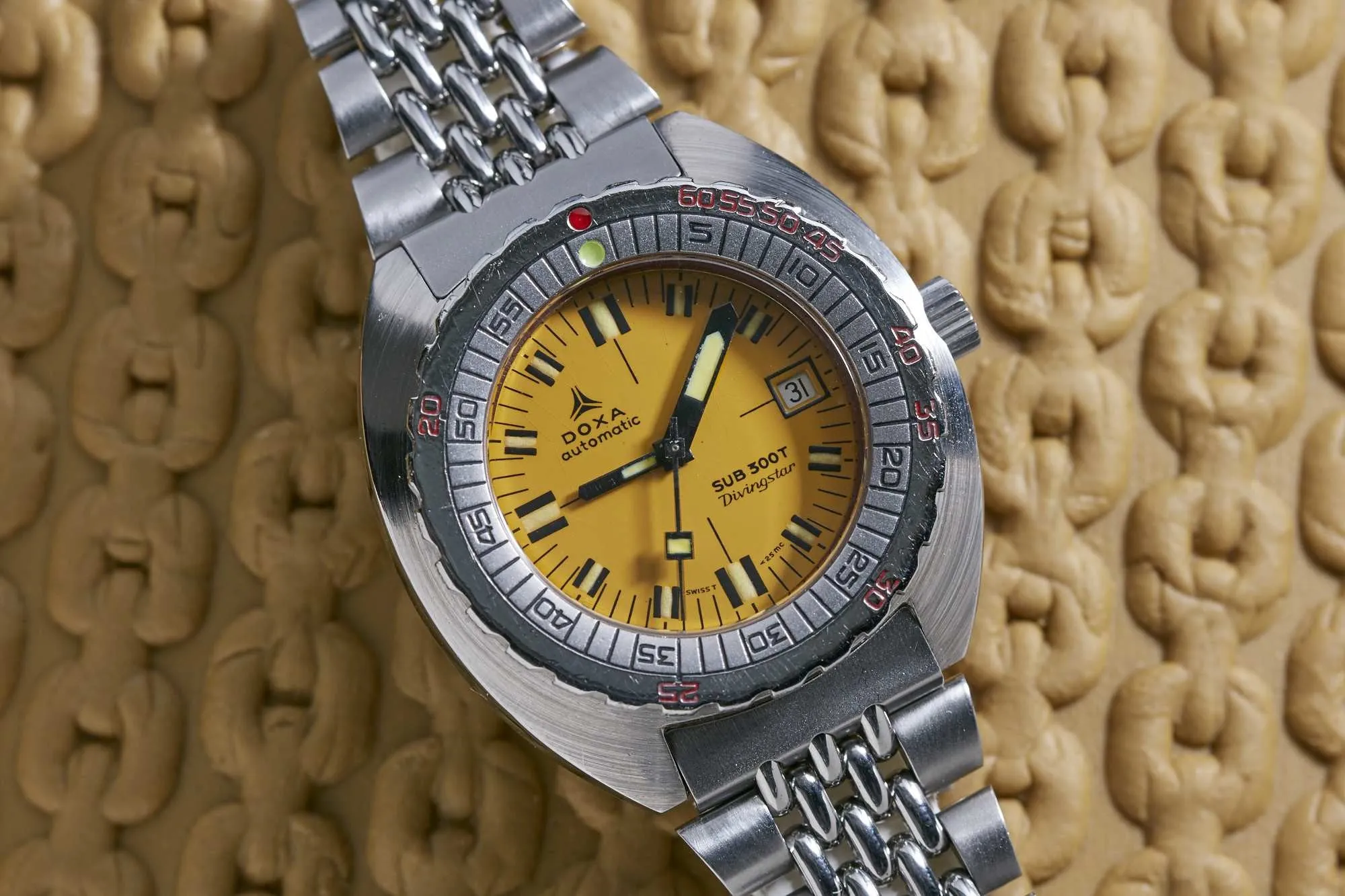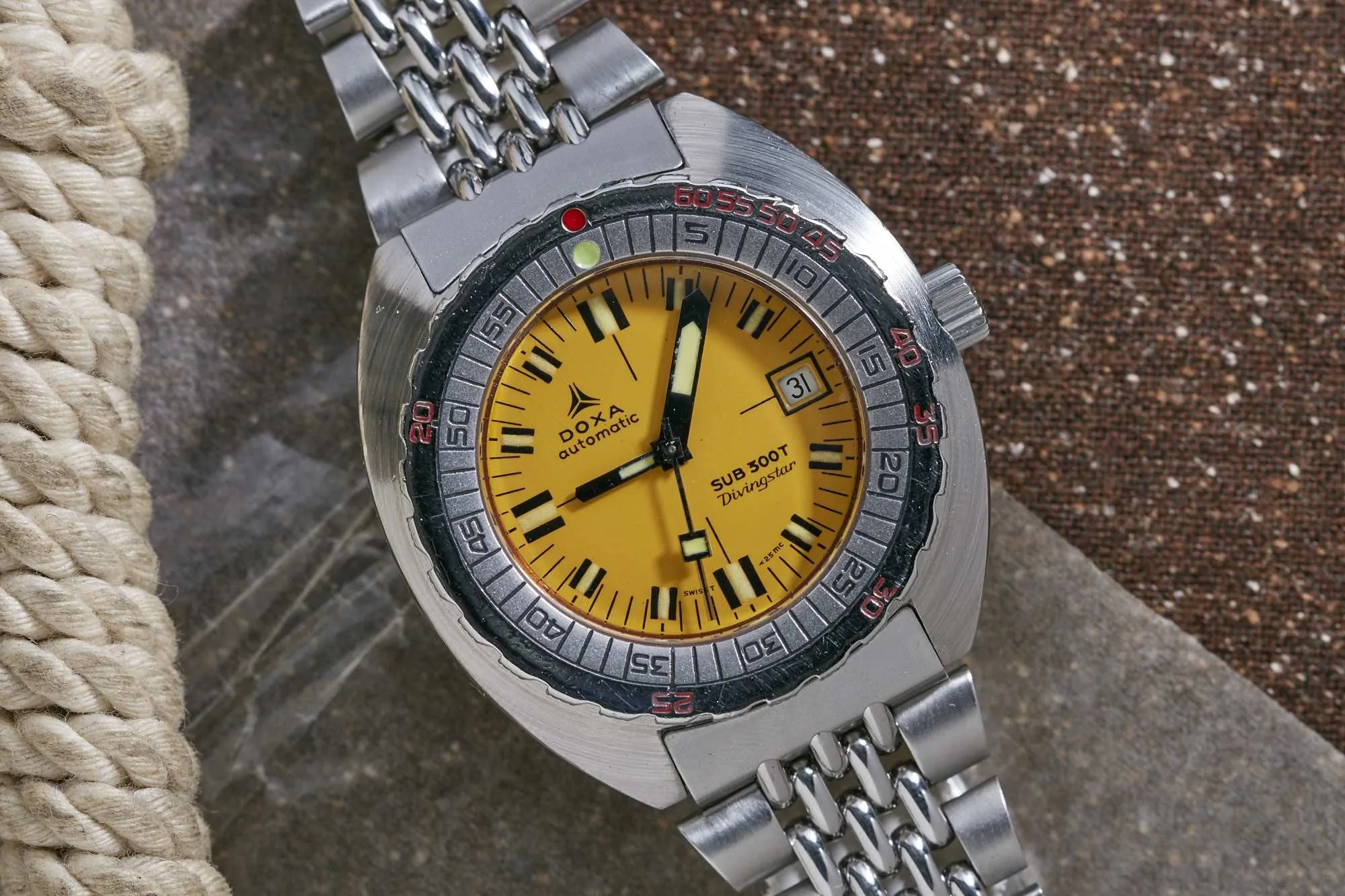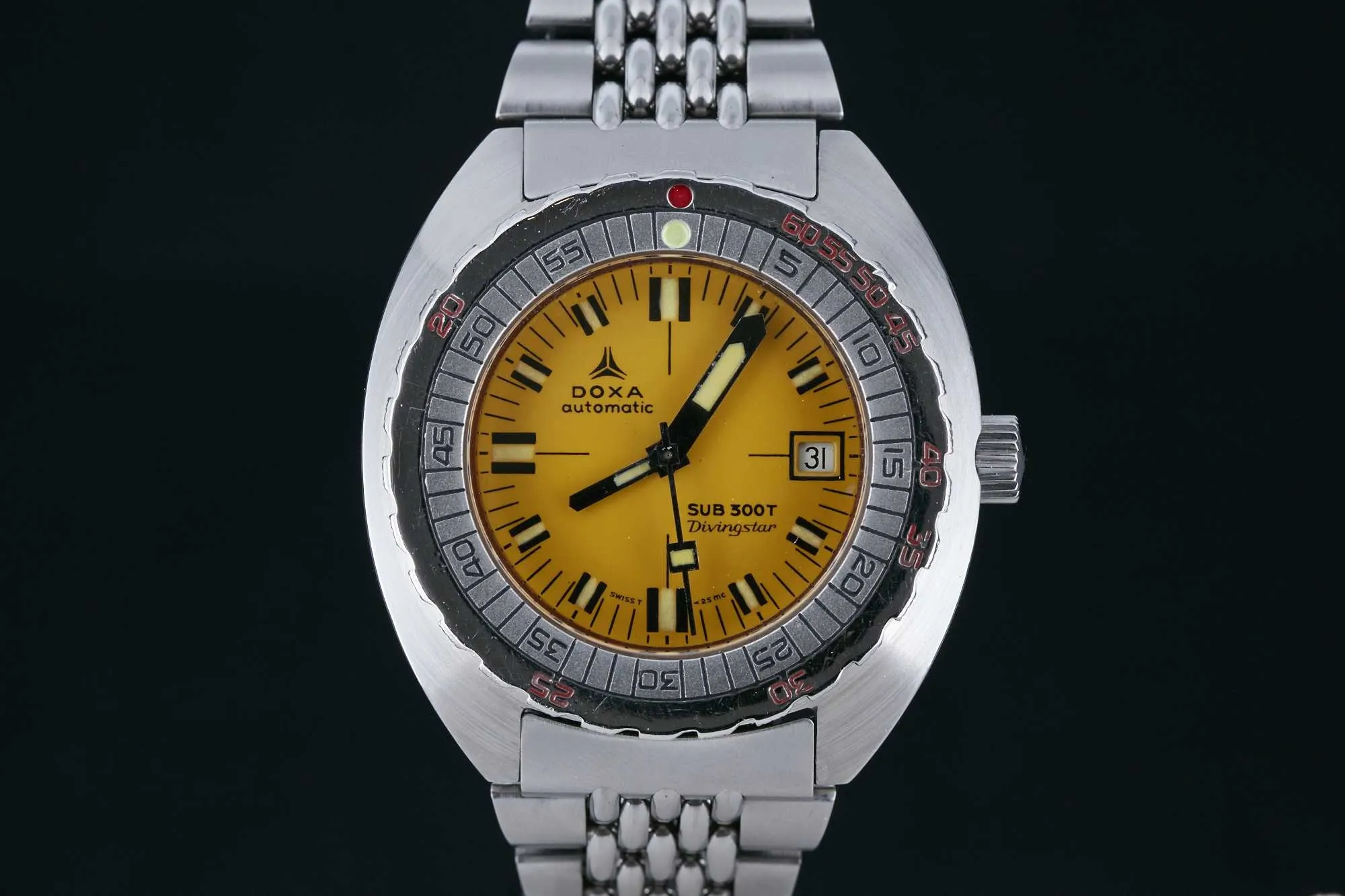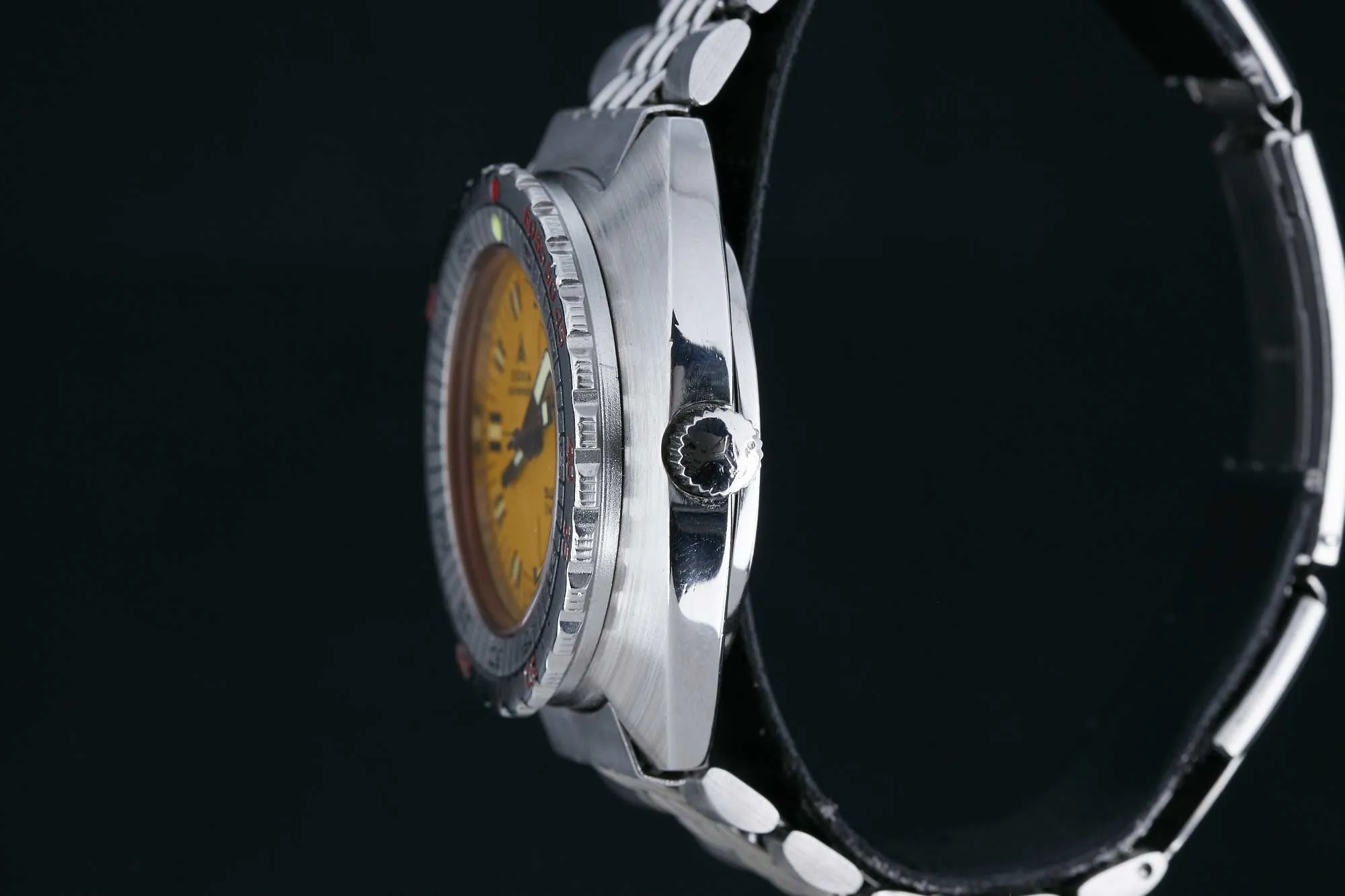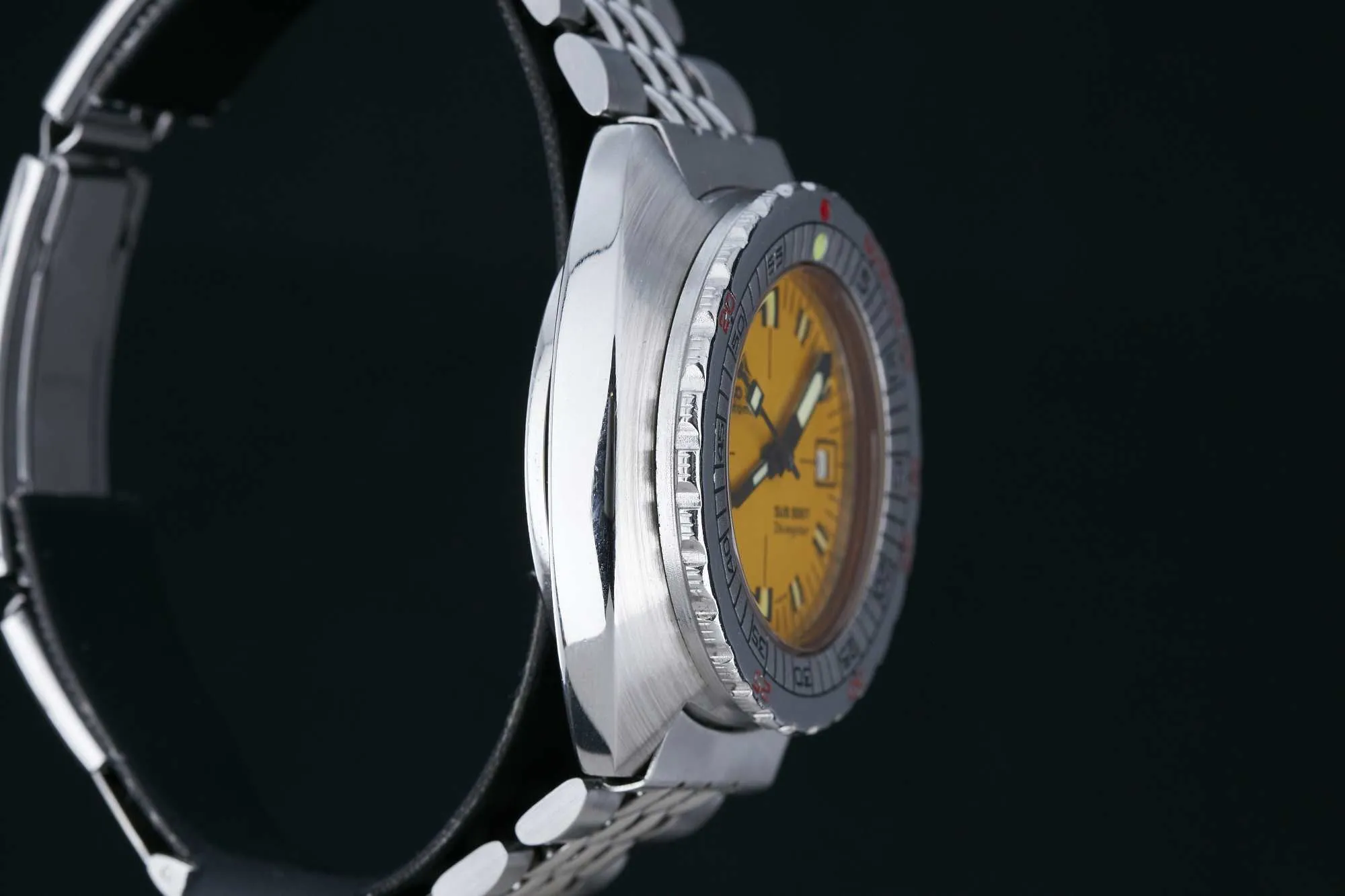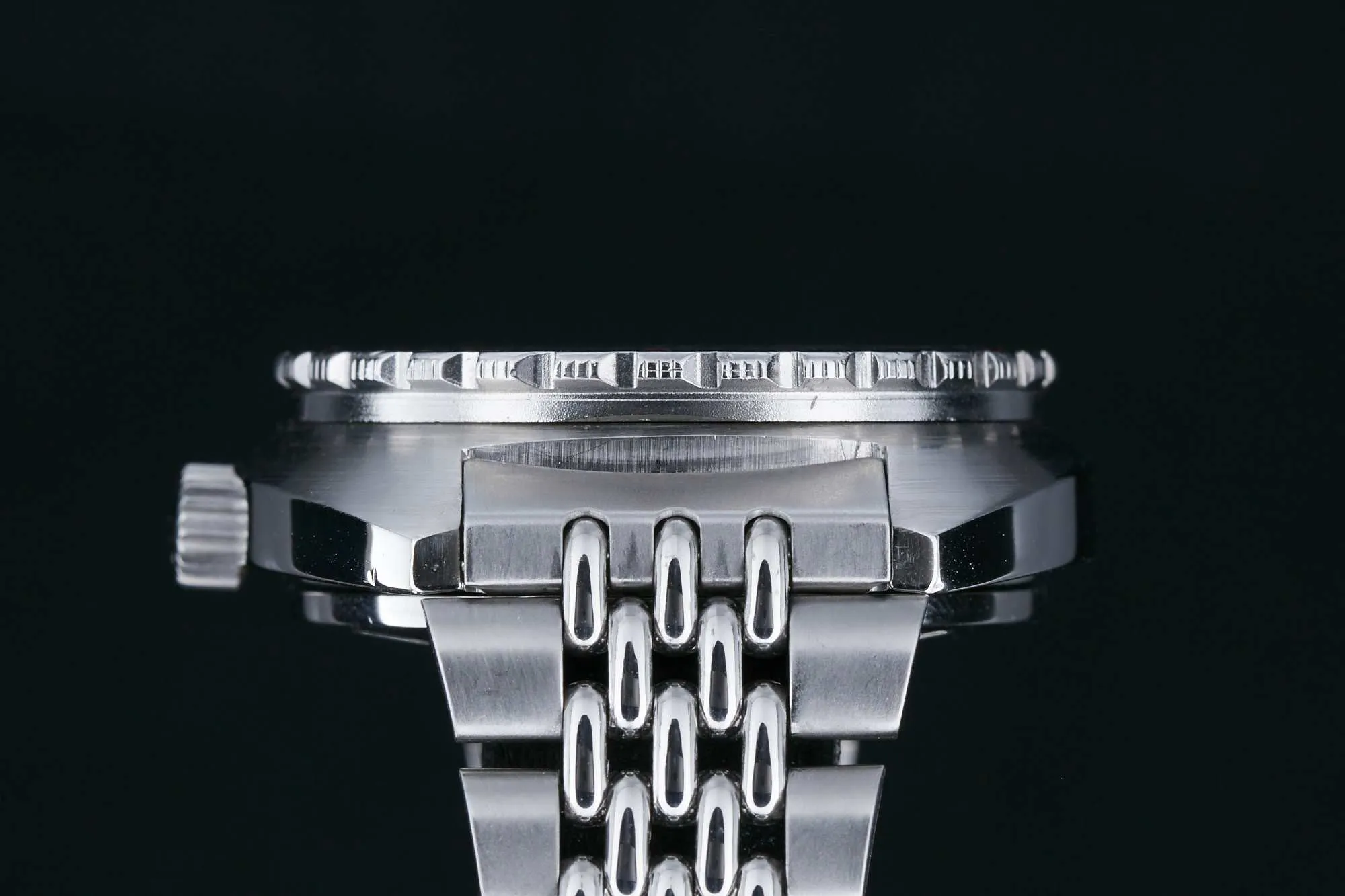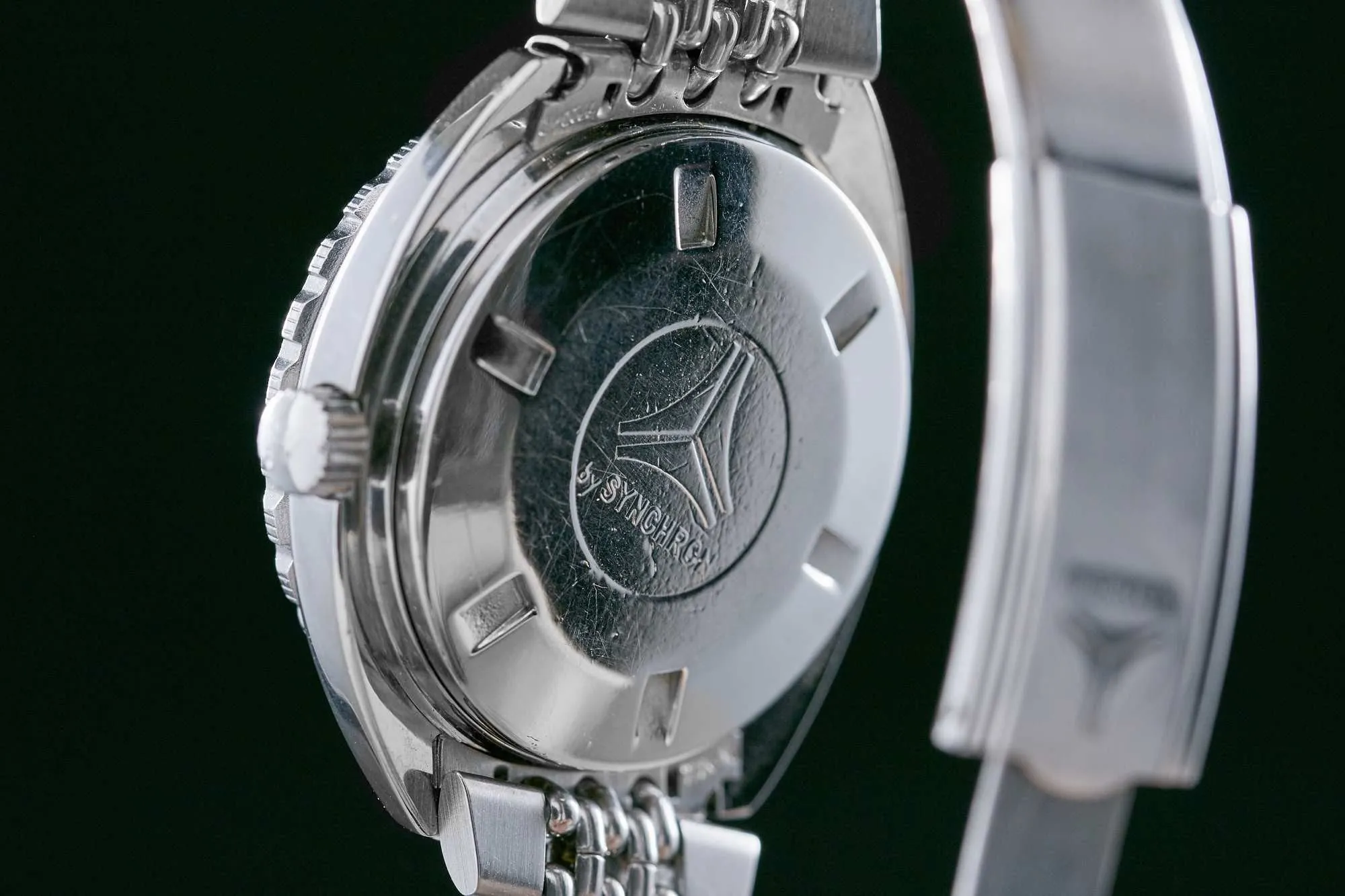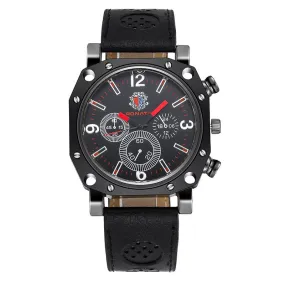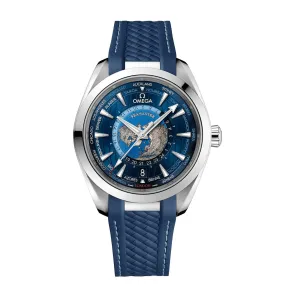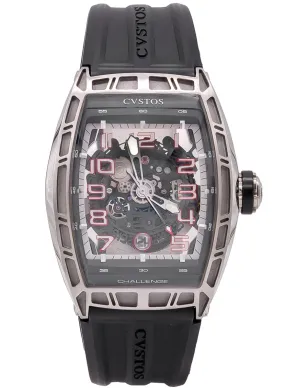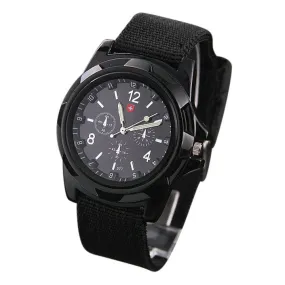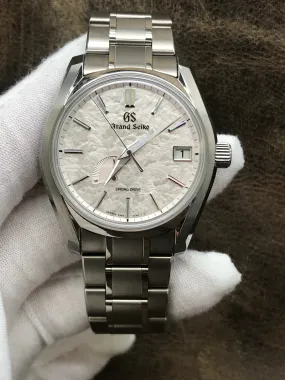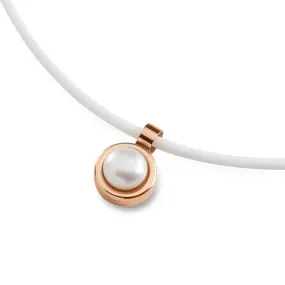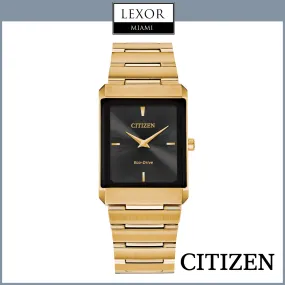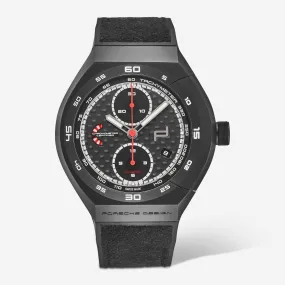The introduction of the Aqua-Lung in 1942 and SCUBA in the 1950s necessitated a watch that could endure exposure to depths far deeper than ever seen before. Before electronic diving computers, watches were a crucial tool for divers, who needed them to calculate dive and decompression times, and they needed specialized, easy-to-read watches. Rolex and Blancpain's iconic dive watches were released during this time, the and , and both have become the stuff of legend.
By the 1960s, DOXA had decided to develop a dive watch of its own. The Sub 300T Professional was the brainchild of DOXA's product manager Urs Eschle, who consulted with legendary diver Jacques Cousteau in the development of this watch. It had to be comfortable, rugged, and above all reliable, with a dial that could easily be read in the murky depths of the ocean. The Sub 300T Professional debuted in 1967, with a bright orange dial, a unidirectional bezel (the first to feature the U.S. Navy No Decompression chart), and a beads-of-rice bracelet that was the first to implement an expandable clasp that could fit over a diver's wetsuit. Cousteau himself became the sole distributor of the watch in the U.S. through his company U.S. Divers.
DOXA further innovated the design of dive watches by incorporating a Helium Release Valve or HRV in the DOXA Sub 300T Conquistador. Rolex and DOXA worked in conjunction to develop this technology, Rolex using it in its Sea-Dweller. But since the Sea-Dweller didn't debut until 1971, the Sub 300T Conquistador was the first of its kind available to recreational--rather than professional or military--divers.
While the Sub 300T Professional with its bright orange dial is more recognizable, DOXA released a version of the Sub 300T with a bright yellow dial. The Diving Star, with its slightly thicker case, is certainly one of the rarest and most elusive, due to its relatively infrequent appearance in the vintage timepiece marketplace. Released in 1968, after DOXA was acquired by the Synchron group, the Diving Star has Synchron's three-pronged star logo instead of the Doxa sailing ship logo that graced the dials of previous Sub 300Ts. This watch also comes complete with a beads-of-rice bracelet with a rare Synchron clasp.
We've done our best over the years to convey the historical significance of the Sub 300T. Now we're pleased to offer this example, lovingly preserved, with an aesthetic that is straight out of the early 1970s. There's little doubt that the DOXA story is beginning to catch on, and we wouldn't be surprised to see these rare divers take a major upswing in value in the near future. Now's your chance to obtain one of the more unusual original variants before it sinks back beneath the surface.




